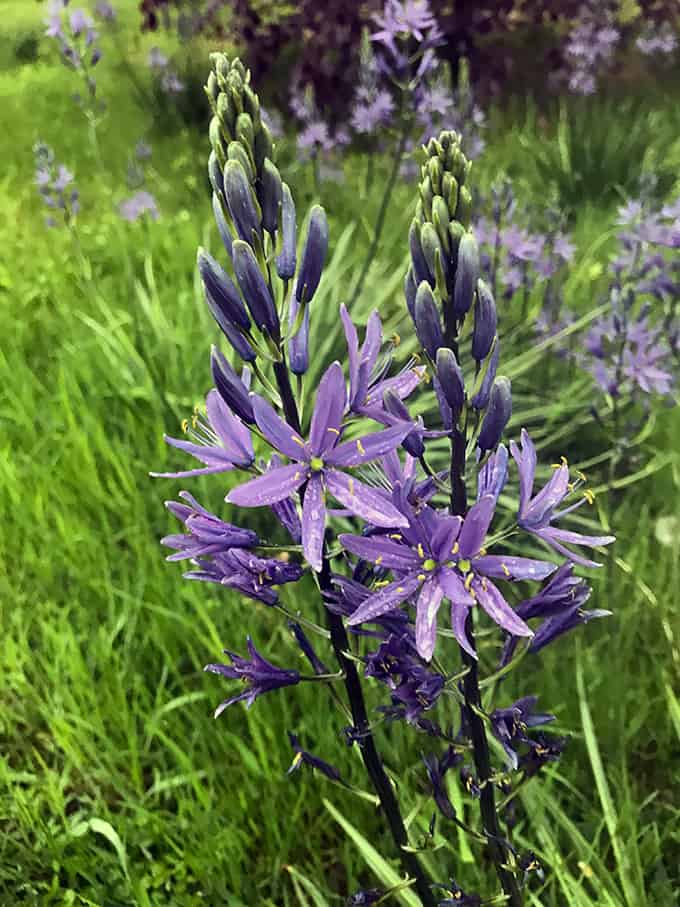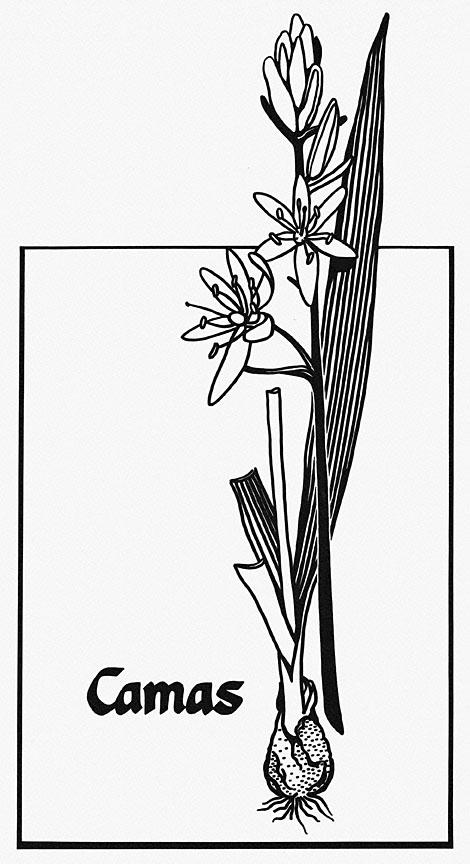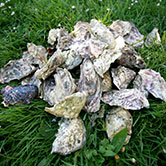Camas Bulbs First Nations

Edible camas rhizomes and shoots of flowering plants such as springbank clover rhizomes and thimbleberry shoots.
Camas bulbs first nations. For this reason never consume camas bulbs from the wild. Camas is classified as a rare species and today wild harvest is discouraged and cultivation encouraged. The lekwungen harvested bulbs for their own food and traded large quantities with west coast nuu chah nulth people. They harvested the bulbs of both the common camas camassia quamash and great camas camassia leichtlinii but carefully avoided the poisonous white flowered death camas zigadenus venenosus.
In recent years however there has been a resurgence in camas awareness and education. Death camas is highly poisonous. First nations people would bring sacks bulging with bulbs to great cooking pits that had been dug in the soil and lined with hot rocks. Death camas bulbs are very similar to common camas bulbs.
Some individual harvest camas small amounts for consumption on special occasions and some first nations community gardens are starting to grow it. The creamy white small flowered heads of death camas are easy to recognize when in bloom but underground bulbs can be difficult to identify. Camas bulbs were at one time well used by the first people of the south coast it was a staple in their diet. The first nations harvested both the bulbs of the common camas camassia quamash and great camas camassia leichtilinni.
The bulbs have a densely packed center covered in a black to brown tunic. Berries and seaweeds are still widely eaten by the first nations peoples of british columbia however the use of other parts of indigenous plants such as the sprouts roots and rhizomes are often less popular today. A camas plant has grass like leaves and a tall stalk of flowers but it s the bulb that is consumed. The bulb of camas until 150 years ago was the main starch food and export item of the people who occupied the territory that is now filled up with the city of victoria municipalities of esquimalt saanich langford colwood metchosin and view royal.
In the wake of european colonization camas lily cultivation and harvests were suppressed along with many other coast salish traditions. Cooked camas were commonly served at first nations celebrations until only a few decades ago when the tradition of cultivating harvesting and cooking were almost lost completely as the bulbs were replaced by potatoes and other introduced root vegetables. The bulbs are still sold in gardening stores as ornamental flowers. Camas bulbs are threatened by invasive species crowding growing grounds and the loss of cultural knowledge between generations.
Below is an above ground camas illustration by gordon friesen. Some individual harvest camas small amounts for consumption on special occasions and some first nations community gardens are starting to grow it. We do not recommend harvesting or eating common camas. The plant s edible bulbs were a starchy staple of the local first nations diet up until the early 1900s.
The bulbs are still sold in gardening stores as ornamental flowers.
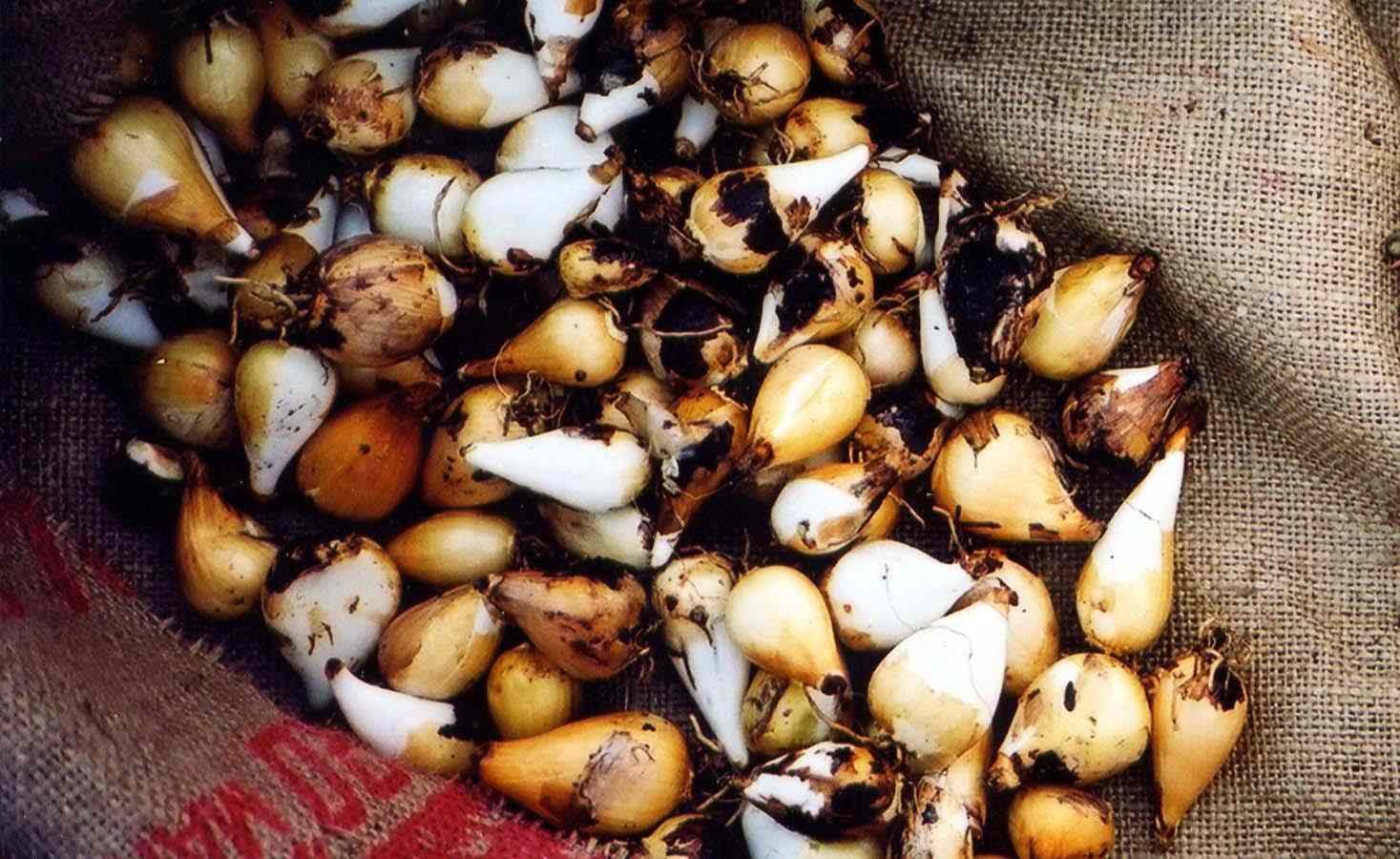
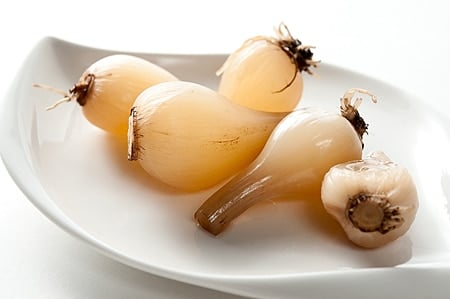
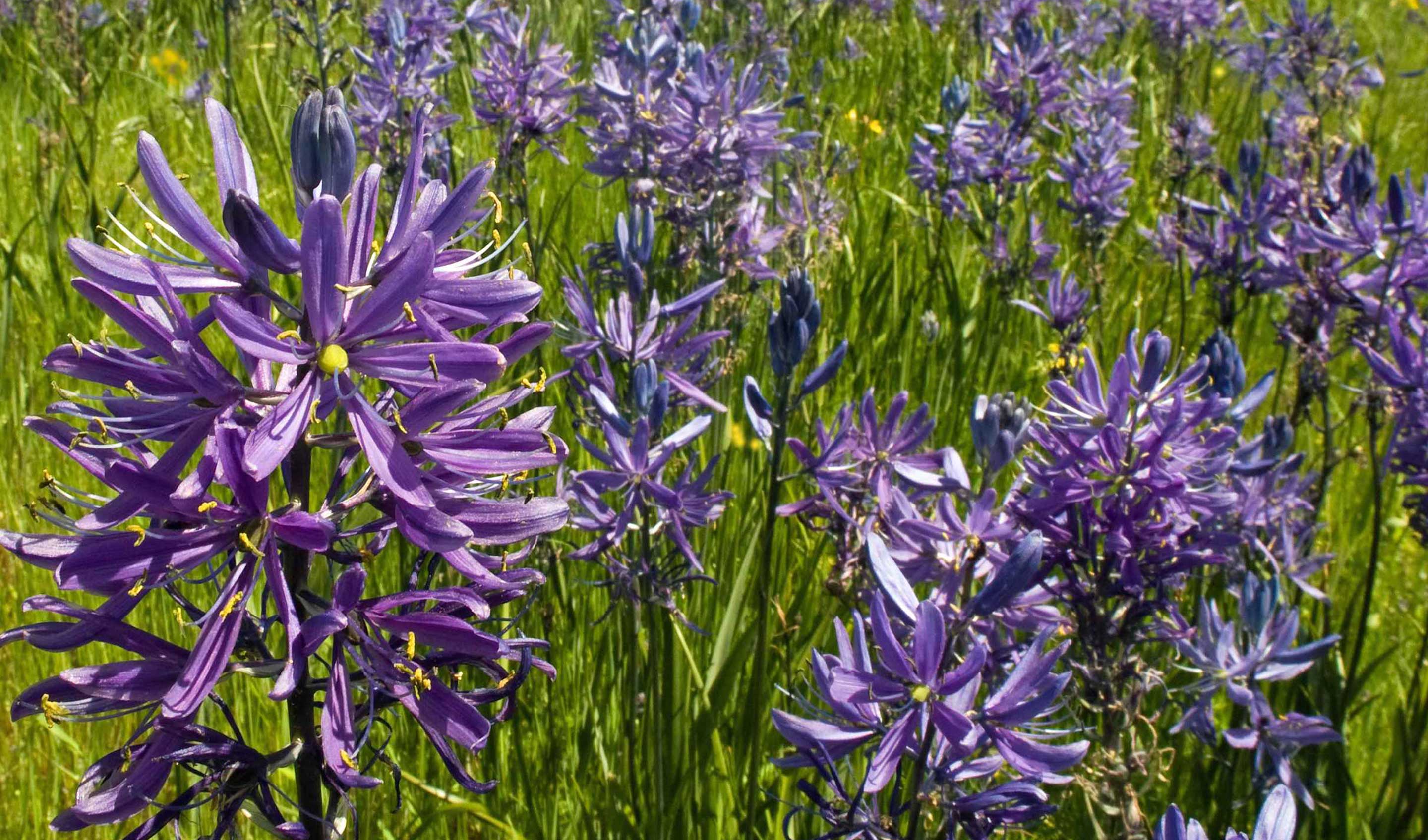
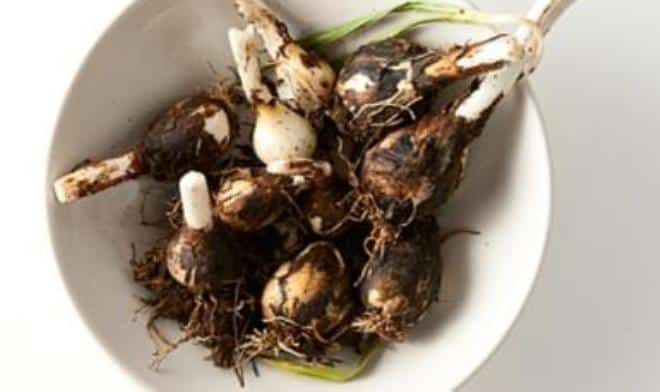


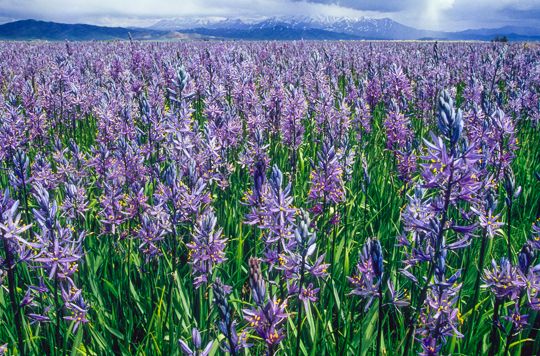




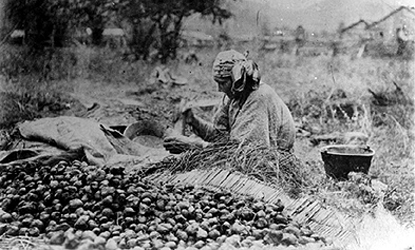

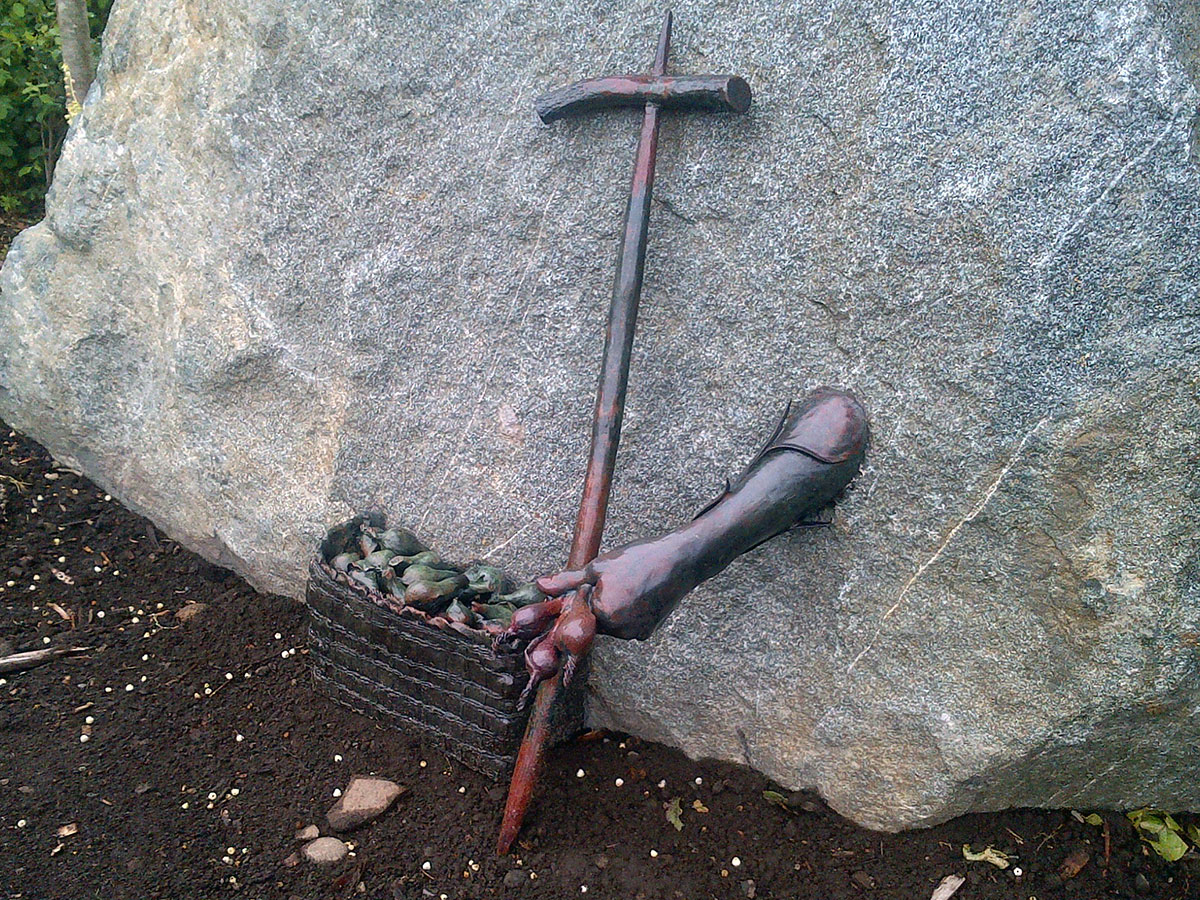

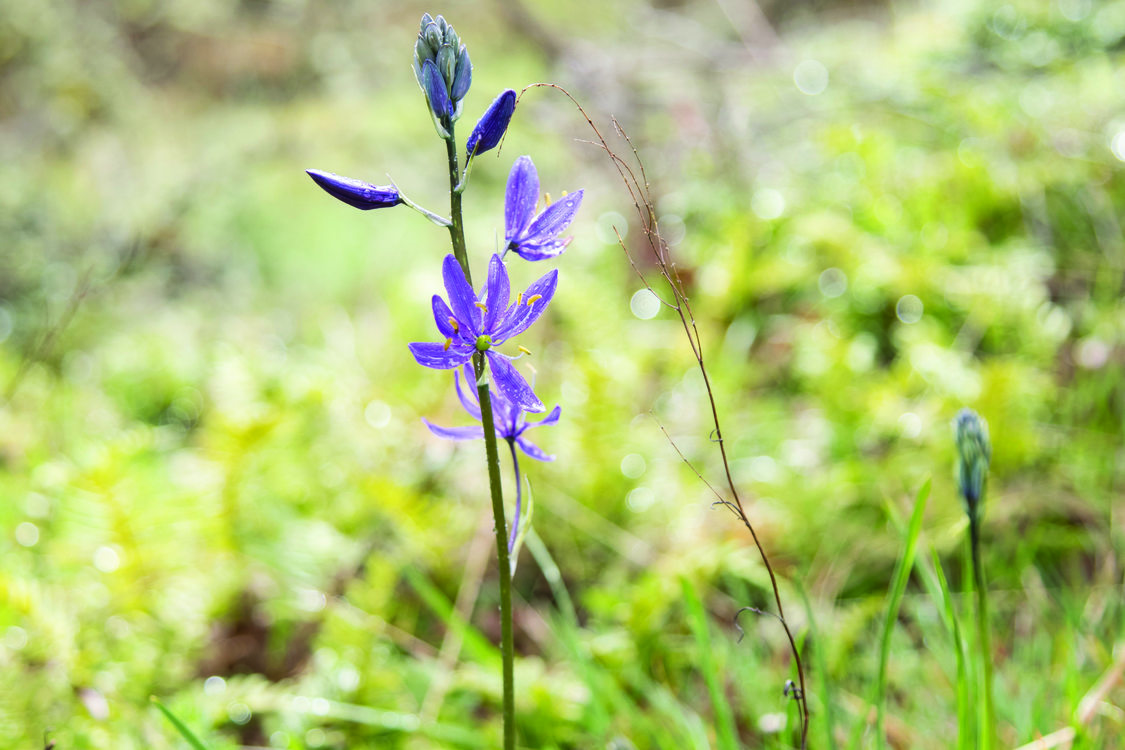


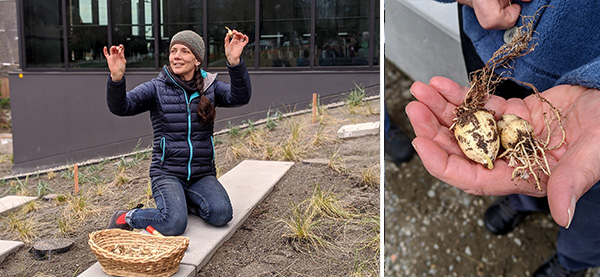
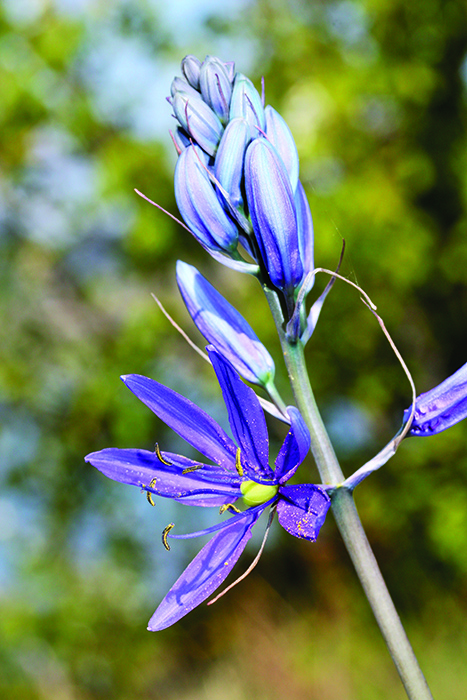

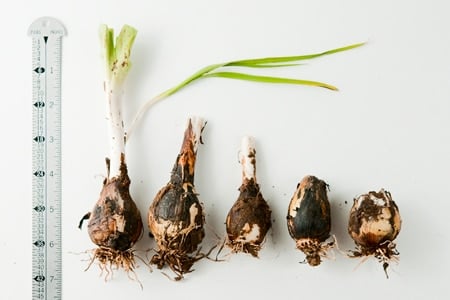
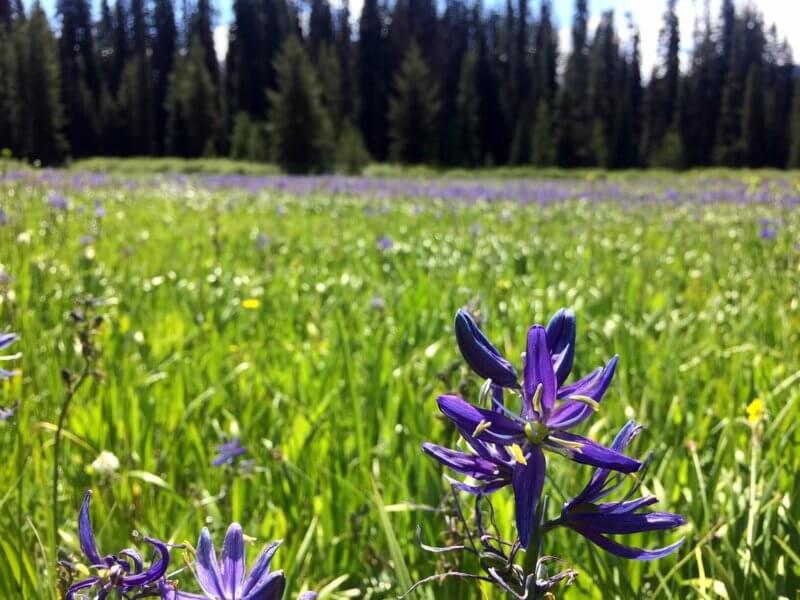
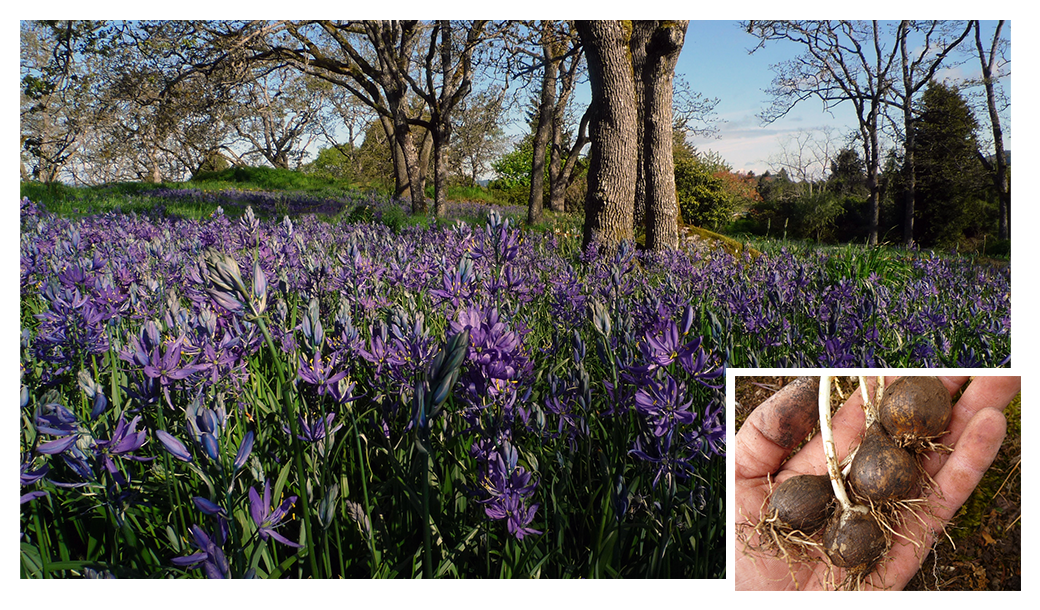

_1.jpg)
